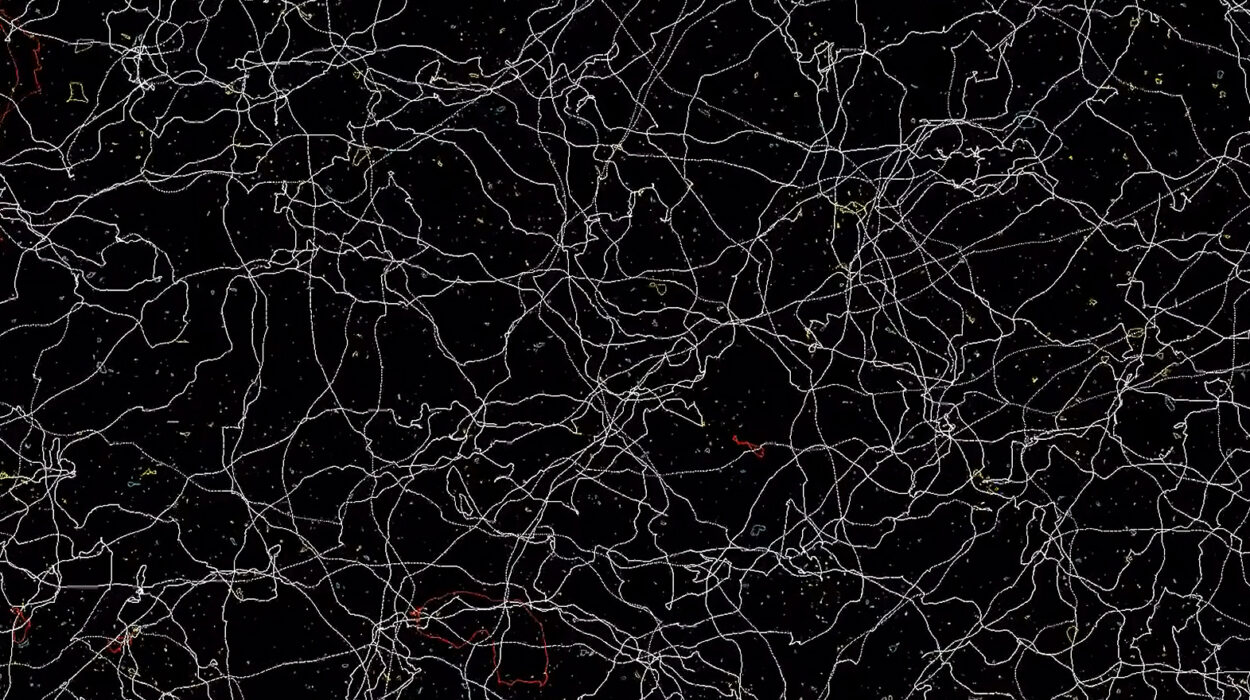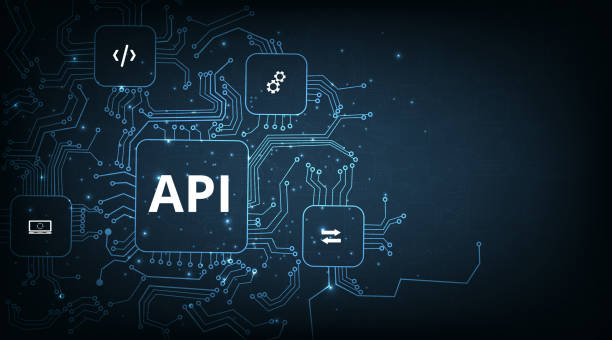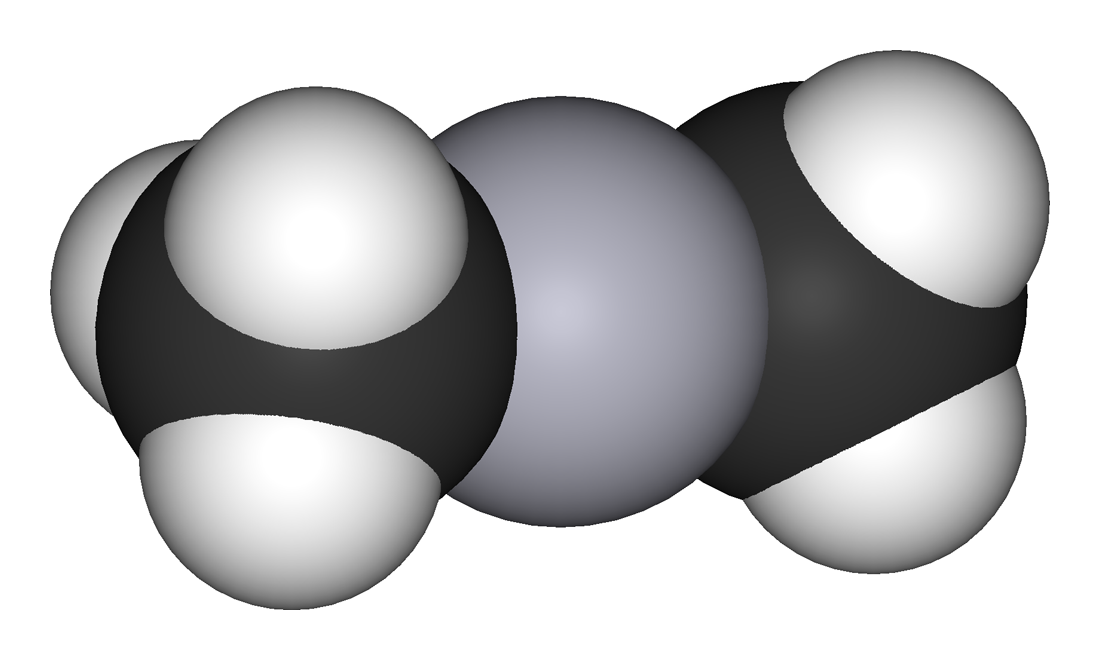Consciousness is the most intimate experience we have, yet the least understood. To be conscious is to be alive — to see, feel, remember, and reflect. But what happens when the normal rhythms of awareness are disrupted, reshaped, or expanded? Throughout history, humans have sought ways to step outside ordinary waking consciousness, exploring dimensions of mind that feel at once familiar and otherworldly. These are the altered states of consciousness: conditions where perception, thought, and sense of self change so profoundly that we glimpse realities hidden beneath the everyday surface.
Dreams, meditation, and psychedelics are three of the most powerful portals into these states. They are not mere curiosities. They shape culture, inspire art, deepen spirituality, and increasingly, guide science and medicine. The exploration of altered consciousness is not an escape from reality but a profound investigation into what reality itself might mean.
This journey takes us into the heart of the brain, the stories of humanity, and the landscapes of inner experience. It is a story where neuroscience meets philosophy, where myth collides with data, and where human beings confront the deepest riddle of all: what it means to be aware.
Dreams: The Theater of the Sleeping Mind
Every night, without effort or intent, we enter another world. We close our eyes, surrender to sleep, and find ourselves wandering landscapes as vivid and unpredictable as waking life. Dreams are among the most common altered states of consciousness, experienced by every human since the dawn of time.
For millennia, cultures regarded dreams as messages from the gods, visions of the future, or journeys of the soul. Ancient Egyptians recorded dream symbols on papyrus. Greek philosophers debated their meaning, with Aristotle suggesting they were echoes of the day’s impressions, while others saw them as divine revelations. Indigenous cultures often treated dreams as guiding wisdom, inseparable from waking reality.
Modern science paints a different but no less fascinating picture. Dreams emerge largely during REM sleep (Rapid Eye Movement), a stage discovered in the 1950s when researchers noticed the darting eyes of sleepers and correlated it with vivid mental imagery. Brain activity during REM resembles waking consciousness — the cortex hums, the limbic system (emotions) ignites, and neurotransmitters like acetylcholine surge. Yet other systems, like those that keep the body mobile, are paralyzed, keeping us from acting out our nocturnal adventures.
Why do we dream? Theories abound. Some neuroscientists argue dreams consolidate memories, weaving fragments of the day into long-term storage. Others see them as “virtual reality simulators,” allowing us to rehearse challenges and emotions in a safe environment. Still others emphasize their creative potential: dreams break logical boundaries, allowing the unconscious to form novel connections. Artists, writers, and scientists alike have drawn inspiration from them — Paul McCartney dreamt the melody for “Yesterday,” Dmitri Mendeleev envisioned the periodic table, and countless painters found surreal landscapes awaiting them each night.
Perhaps the most astonishing form of dreaming is lucid dreaming, when the dreamer becomes aware within the dream. In this state, people can sometimes influence events, fly, walk through walls, or confront fears with conscious intent. Lucid dreams blur the line between waking and sleeping consciousness, suggesting that awareness is not an all-or-nothing switch but a spectrum.
Yet beyond science, the experience of dreaming carries its own truth. Dreams remind us that consciousness is not fixed but fluid. They reveal that our sense of reality is constructed by the brain — a fragile, shifting narrative that can transform with the flicker of sleep.
Meditation: The Art of Inner Stillness
While dreams carry us passively into altered states, meditation is the opposite: a deliberate, practiced journey into new forms of awareness. Across cultures and centuries, humans have sat in silence, focused on breath, chanted mantras, or contemplated compassion — all in search of an inner state beyond ordinary thought.
The roots of meditation stretch back thousands of years. In India, the Vedas described yogic practices of concentration and transcendence. In China, Taoists cultivated meditative stillness to harmonize with the Dao. Buddhist traditions developed profound techniques of mindfulness and insight. Christian mystics, Sufi poets, and indigenous shamans each discovered their own paths inward. Though diverse in method, all shared a conviction: the mind can be trained to enter extraordinary states of being.
Modern neuroscience now confirms what practitioners long intuited: meditation reshapes the brain. Brain imaging studies reveal that long-term meditators exhibit changes in regions linked to attention, emotion regulation, and self-awareness. The default mode network — the neural system active when we daydream or ruminate — quiets during deep meditation, leading to a dissolving of the constant chatter of the “self.” Meanwhile, areas associated with empathy, compassion, and sensory integration light up.
Different forms of meditation produce different experiences. Mindfulness meditation, rooted in Buddhism, cultivates moment-to-moment awareness of thoughts, sensations, and feelings without judgment. Practitioners often report heightened clarity, reduced stress, and greater acceptance. Transcendental meditation involves repeating a mantra until ordinary thought quiets, sometimes inducing blissful stillness. Advanced yogic or Buddhist practices can evoke profound altered states where the boundaries of self dissolve, merging into a sense of unity with all existence.
Meditation is not just spiritual; it has measurable benefits. Clinical trials show it reduces anxiety, depression, and chronic pain, and even influences immune function. For trauma survivors, meditation can gently open pathways to healing. For the overworked modern mind, it offers an antidote to the endless swirl of distractions.
But beyond benefits, meditation carries something more elusive: the possibility of encountering consciousness itself. Stripped of thoughts, stories, and identities, practitioners describe touching a formless awareness — a state both empty and luminous. Words falter here, as they always do when describing altered consciousness. Yet the consistent reports across cultures suggest a universal truth: within the stillness of meditation lies a doorway to dimensions of being that transcend ordinary experience.
Psychedelics: Chemistry of the Sacred
If dreams are nightly visitors and meditation a lifelong discipline, psychedelics are the sudden storm: molecules that, when ingested, catapult consciousness into astonishing new realms. Few phenomena in human history have sparked as much fascination, controversy, and fear as psychedelic experiences.
Substances like psilocybin (magic mushrooms), LSD, mescaline, ayahuasca, and DMT act primarily on the brain’s serotonin system, particularly the 5-HT2A receptor. Their effects are dramatic: visual hallucinations, dissolving of ego boundaries, profound emotional revelations, and mystical states often described as encounters with the divine. Time and space may stretch, collapse, or vanish. Colors pulse with impossible vibrancy. The self may dissolve entirely into an oceanic sense of unity.
For indigenous cultures, these substances were not “drugs” but sacred tools. The Mazatec of Mexico used psilocybin mushrooms in healing rituals. The Amazonian peoples brewed ayahuasca, a vine-based potion, for visions and spiritual guidance. The Native American Church employs peyote as a sacrament. For them, psychedelics are portals to spirit worlds, ancestors, and cosmic truths.
In the mid-20th century, Western science rediscovered psychedelics. Early studies suggested LSD could treat alcoholism, depression, and anxiety, while also enhancing creativity. Writers, musicians, and thinkers experimented, fueling the counterculture of the 1960s. But backlash came swiftly: fears of social upheaval, political crackdowns, and sensationalized dangers led to criminalization and decades of prohibition.
Now, a renaissance is underway. In recent years, rigorous clinical trials have returned to psychedelics with modern scientific tools. Research at institutions like Johns Hopkins and Imperial College London reveals that psilocybin can relieve treatment-resistant depression, ease existential distress in terminal illness, and help break addictions. Neuroimaging shows psychedelics temporarily dismantle the brain’s default mode network — the same self-focused system quieted in deep meditation — allowing the mind to rewire and perceive with unprecedented openness.
Yet beyond medicine, the subjective reports are astonishingly consistent: people describe mystical experiences marked by unity, transcendence, ineffability, and a lasting sense of meaning. Studies show that a single high-dose psychedelic session, conducted with guidance and support, often ranks among the top five most meaningful experiences of a person’s life. Months or years later, many report lasting increases in well-being, empathy, and connection.
Still, psychedelics are not without risks. Taken irresponsibly, they can trigger panic, paranoia, or psychological destabilization, especially in vulnerable individuals. The modern movement emphasizes “set and setting” — the mindset of the participant and the supportive environment — as crucial to safe and beneficial outcomes.
Psychedelics challenge the very notion of consciousness. Are the visions mere neurochemical hallucinations, or do they reveal hidden layers of reality? Do they open doors of perception, as Aldous Huxley claimed, or simply scramble the brain’s predictive coding? The debate continues, but the experiences themselves remain undeniable: they shake the boundaries of the self and hint at possibilities beyond our ordinary waking world.
The Common Thread: Dissolving the Self
Though dreams, meditation, and psychedelics differ in mechanism and context, they share striking similarities. In each, the boundaries of the self blur or dissolve. In dreams, we merge with shifting identities and landscapes. In meditation, the chatter of the ego quiets into spacious awareness. In psychedelics, the self may dissolve completely into an ocean of unity.
Neuroscience suggests a common pathway: the disruption of the default mode network, that cluster of brain regions responsible for self-referential thinking. When it quiets, the sense of “I” relaxes, allowing consciousness to reconfigure. This dissolution can be frightening — the ego resists its own disappearance — but it can also be liberating, opening perspectives of vastness and connection.
Philosophically, this raises profound questions. If the self is not fixed but fluid, what are we, truly? If consciousness can shift so radically, is our waking state the only valid reality, or just one among many? For mystics and philosophers alike, altered states hint at the possibility that consciousness is deeper, more mysterious, than any scientific model has yet captured.
Healing and Transformation
Beyond curiosity, altered states of consciousness carry immense potential for healing. Trauma, depression, addiction, and anxiety are often rooted in rigid patterns of thought and emotion. By disrupting these patterns, altered states can offer fresh perspectives and emotional breakthroughs.
Dream therapy allows patients to confront fears and integrate unconscious material. Meditation offers resilience, calm, and compassion, transforming mental health. Psychedelics, under careful guidance, can catalyze profound healing experiences, helping people confront grief, forgive themselves, or reconnect with life.
The common thread is flexibility — altered states loosen the rigid grip of ordinary consciousness, allowing new pathways to emerge. They remind us that our minds are not prisons but landscapes, capable of transformation.
Toward a Science of Consciousness
Science has made extraordinary progress in mapping brain activity, yet consciousness remains elusive. Altered states provide a unique window into its mysteries. By studying what happens when the brain departs from normal patterns, researchers gain clues about how consciousness arises in the first place.
The challenge is immense: consciousness is not just neurons firing but the felt experience of being. No brain scan can capture the awe of a psychedelic vision, the serenity of deep meditation, or the surreal narrative of a dream. Yet by bridging subjective reports with neuroscience, a fuller picture emerges. Perhaps the future lies not in reducing consciousness to mechanisms but in integrating first-person experience with third-person science — a union of data and depth.
The Human Need to Explore
Ultimately, the pursuit of altered states is as old as humanity. From shamans under starry skies to monks in silent caves, from dreamers to psychonauts, we have always sought to step beyond ourselves. This need is not escapism but exploration — a desire to understand the full range of what it means to be conscious.
Dreams remind us of the creativity and mystery woven into our biology. Meditation reveals the possibility of peace and transcendence within. Psychedelics offer glimpses of awe and unity that can transform lives. Together, they expand the boundaries of human experience.
As Albert Einstein once said, “The most beautiful thing we can experience is the mysterious. It is the source of all true art and science.” Altered states are the living embodiment of that mystery. They whisper that consciousness is not a flat, fixed terrain but a vast ocean with uncharted depths. To explore them is not to escape life but to encounter it more fully, in its endless richness and wonder.
Conclusion: The Infinite Playground of the Mind
Consciousness is the stage upon which every moment of life unfolds. To explore its altered states is to recognize that this stage is not rigid but fluid, capable of infinite transformations. Dreams, meditation, and psychedelics are not detours from reality but pathways into its deepest layers.
Science continues to unravel their mechanisms, but the experiences themselves remain luminous mysteries. They reveal that we are more than isolated egos, more than predictable machines. We are participants in a vast, unfolding reality, capable of touching the infinite within ourselves.
In the end, altered states remind us of something profound: that life is not only to be lived but to be wondered at. The journey inward is as vast as the cosmos, and the human mind is its most astonishing frontier.






